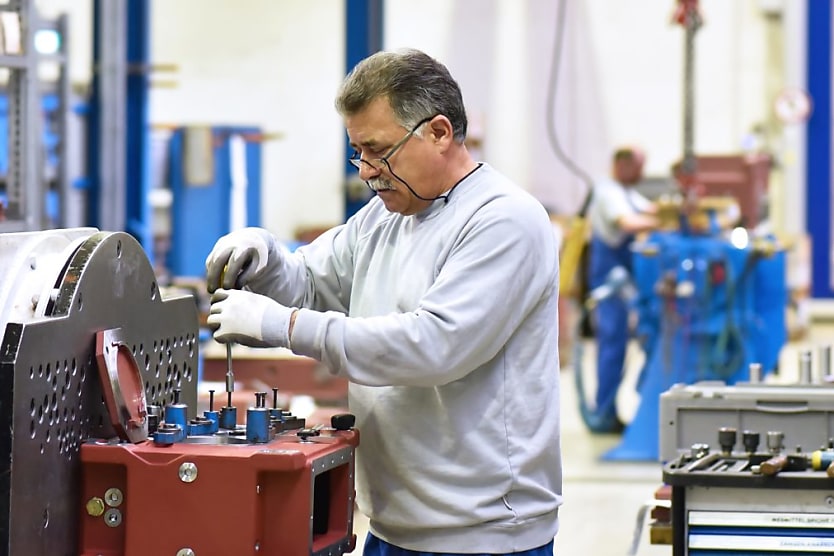Older workers are being pushed out of the workforce
SHARE THIS ARTICLE

Ageism is a recurring issue in the workplace. Whether discriminating against older or younger workers, ageism can leave employees feeling isolated.
A recent study by Australian HR Institute (AHRI) in partnership with the Australian Human Rights Commission revealed that while age discrimination in the workplace is slowing down, it is still far too prevalent, with many older workers pushed out of the workforce over the past year.
The Employing and Retaining Older Workers report highlighted how 18 per cent of respondents said they have an older age that they “definitely” or “probably” won’t recruit. These mindsets are shifting, from 52 per cent in 2014, 30 per cent in 2018, and 27 per cent in 2021.
While there is a positive decline in these attitudes, the report said it is still not good enough. This is where the government could step in to create more protections for older workers.
“The survey data also underlines the need for government policy to better support older workers in employment, most notably through more investment in skills. According to this report, around half of organisations offer continued access to training and development opportunities for older workers, which represents the lowest mark since the survey began,” said Australian HR Institute (AHRI) chief executive Sarah McCann-Bartlett.
“As this report indicates, organisations stand to benefit from a multigenerational workforce in many ways through harnessing the strengths of different age groups. If employers and governments can maximise the potential of older workers as part of an age-diverse workforce, this could help drive more diverse workplaces, reduce employee shortages and strengthen Australia’s economic performance.”
While being one of the most common forms of discrimination in the workplace, ageism is one of the least litigated areas in Australian law, according to Baker McKenzie partner Kellie-Ann McDade.
“We have probably got better at it over time, but it comes up more often if we’re talking about promotions or opportunities within employment. And obviously, with an ageing workforce, I think it might become more of an issue as we go through,” said Ms McDade.
Dr Kay Patterson, age discrimination commissioner at the Australian Human Rights Commission, commented: “The reluctance among some HR professionals to recruit older workers seems to contradict the lived experience of employing them. Many respondents surveyed report no difference between older and younger workers in terms of job performance, concentration, ability to adapt to change, energy levels and creativity.
“Respondents recognised the advantages of older workers when it comes to coping with stress, attendance, reliability, awareness, commitment and loyalty while others highlighted younger workers’ physical capability, ambition and proficiency in using technology as positive attributes.”
What constitutes an older worker also seems to be broadening, with some respondents considering those aged 51 to 55 to be older workers.
Overall, the report found that while there are some positive steps being made towards age inclusivity, there is still a long way to go.
Dr Patterson concluded: “It is clear that much still needs to be done to improve experiences for older workers and encourage employers to realise the advantages of an age-diverse workforce.”
RELATED TERMS
Ageism, often known as age discrimination, is the act of treating someone unjustly because of their age. In the workplace, this might manifest as a person being passed over for a job or promotion, older workers being denied benefits or early termination of employment.
According to the Australian Human Rights Commission, discrimination occurs when one individual or group of people is regarded less favourably than another because of their origins or certain personality traits. When a regulation or policy is unfairly applied to everyone yet disadvantages some persons due to a shared personal trait, that is also discrimination.
The term "workforce" or "labour force" refers to the group of people who are either employed or unemployed.
Jack Campbell
Jack is the editor at HR Leader.

